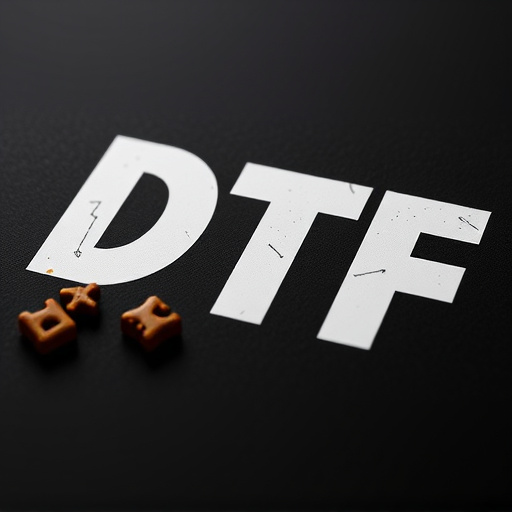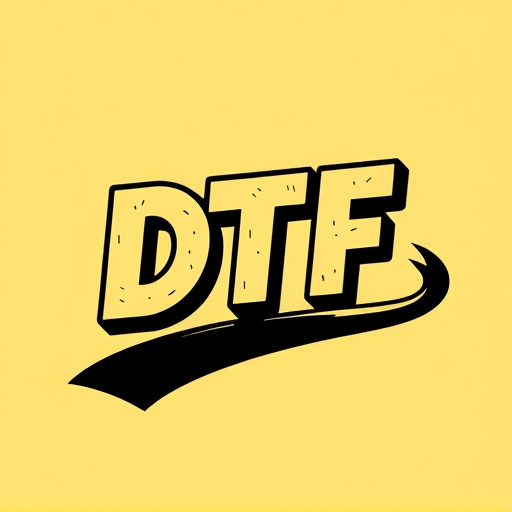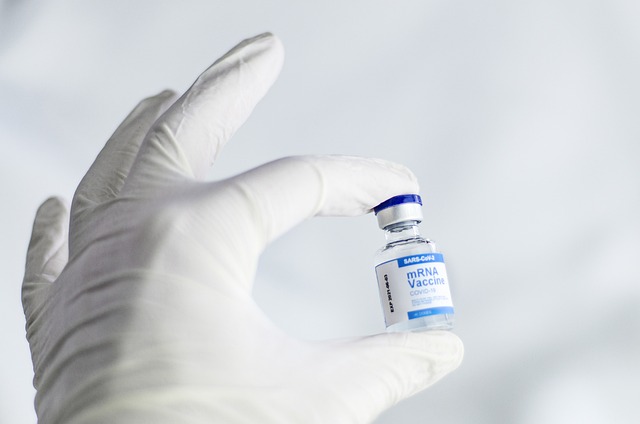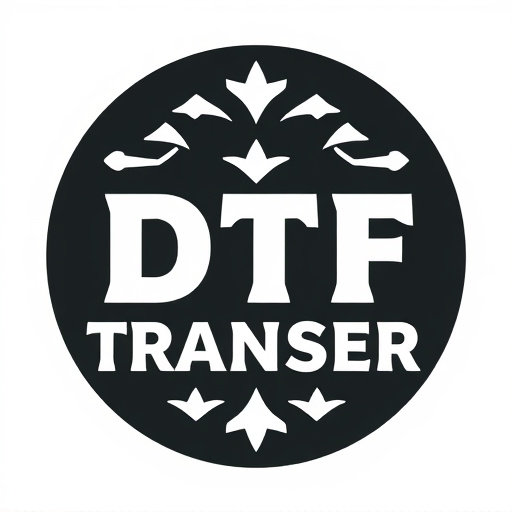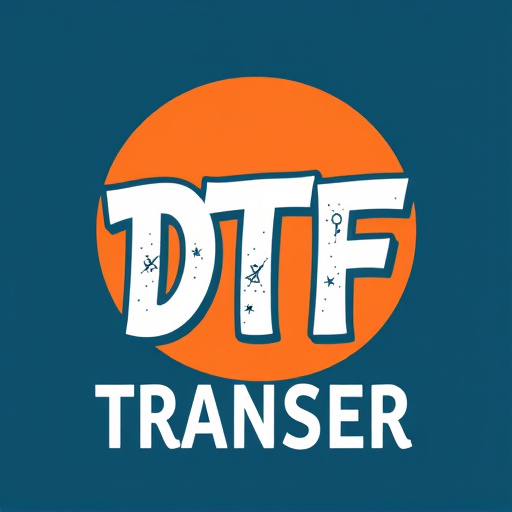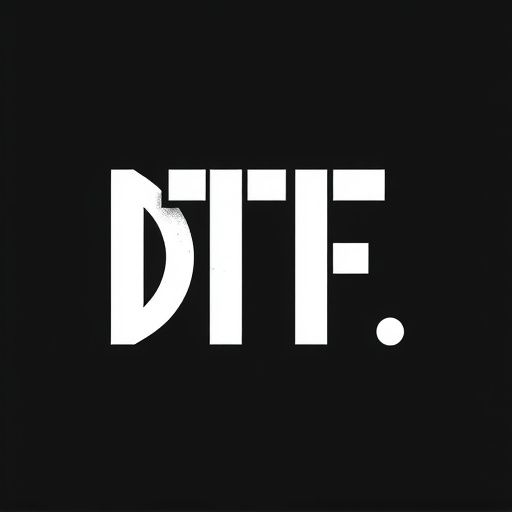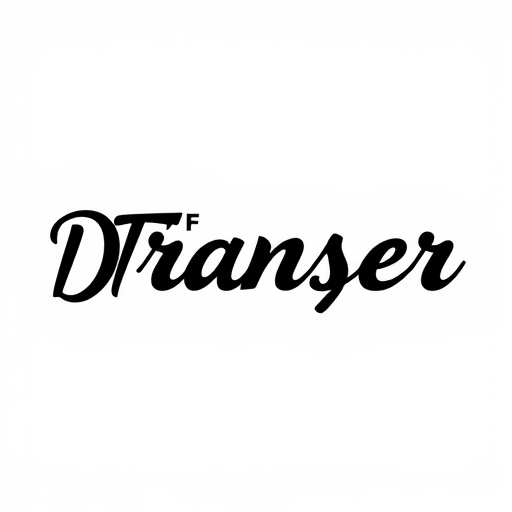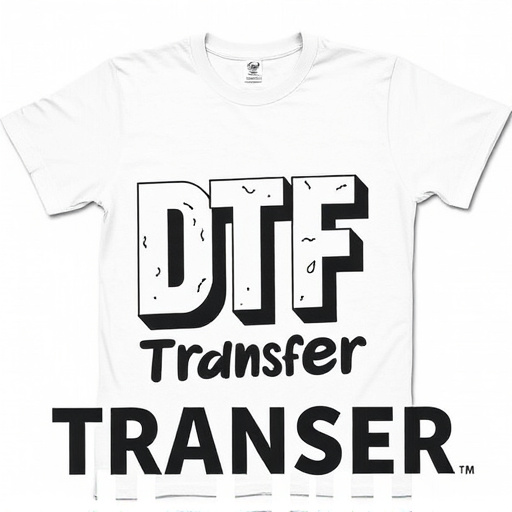DTF (Direct-to-Fabric) Transfer is a cutting-edge technology for textile printing, offering high-quality, durable prints directly onto polyester fabrics. By eliminating intermediate steps, it streamlines production and provides cost-effective solutions for custom apparel. The process uses specialized inks heated to fuse with fabric fibers, ensuring longevity and vibrant colors. DTF's ability to produce sharp details and intricate designs makes it a preferred choice for personalized fabric printing. This technology has transformed garment production, catering to various needs from mass production to on-demand manufacturing while maintaining consistent quality and color accuracy. The future of DTF transfers looks promising with innovations in eco-friendly inks, high-resolution prints, and complex design capabilities.
“Discover the revolutionary world of DTF (Direct-to-Fabric) transfer technology, a game-changer for polyester fabric printing. This innovative process adheres films directly to fabrics, offering vibrant, durable designs. Our article explores the intricacies of DTF, from its cutting-edge technology and print processes to quality control and diverse applications in textiles. We delve into the advantages, future trends, and the optimal use of DTF transfers, providing insights for professionals in the garment industry seeking high-quality, efficient printing solutions.”
- Understanding DTF Transfer Technology
- Advantages of Using DTF for Polyester Fabrics
- The Printing Process and Techniques Involved
- Quality Assurance and Considerations for Optimal Results
- Applications in the Garment and Textile Industry
- Future Trends and Innovations in DTF Transfers
Understanding DTF Transfer Technology

DTF (Direct-to-Fabric) Transfer is a cutting-edge technology that has revolutionized the way we print on textiles. This innovative process allows for high-quality, durable, and vibrant prints to be directly applied to various fabrics, including polyester. Unlike traditional methods, DTF transfer eliminates the need for intermediate materials like paper or vinyl, making it an efficient and cost-effective solution for custom apparel and textile printing.
The technology involves using specialized ink that is precisely heated and applied to the fabric, causing it to fuse with the fibers. This direct bond ensures that the print is both long-lasting and resistant to fading or cracking, even under frequent washing and wear. DTF Transfer’s ability to produce sharp details, rich colors, and intricate designs makes it a favorite among businesses and individuals looking for unique and personalized fabric printing options.
Advantages of Using DTF for Polyester Fabrics

Direct-to-fabric (DTF) printing, specifically tailored for polyester fabrics, offers numerous benefits and has revolutionized the way we produce and customize garments. One of its key advantages is the ability to achieve high-quality, vibrant prints on a wide range of polyester materials, from clothing to accessories. This method eliminates the need for traditional screen printing or heat transfer processes, streamlining production and reducing setup time.
Additionally, DTF transfers provide exceptional durability, ensuring that designs remain crisp and colorfast even after extensive washing and wear. The direct adherence to polyester fabrics creates a seamless finish, allowing for more complex and intricate print patterns. This technology is particularly appealing to fashion designers, brands, and businesses looking to create unique, personalized products with speed and efficiency, catering to the ever-evolving demands of the market.
The Printing Process and Techniques Involved

The Direct-To-Fabric (DTF) transfer process is a cutting-edge technique that revolutionizes the way we print on textiles. This innovative method involves adhering film transfers to polyester fabrics, enabling intricate and vibrant designs. The printing journey commences with preparing the polyester fabric, ensuring its surface is clean and free from contaminants. Subsequently, a special coating is applied to the fabric, creating a receptive layer for the transfer.
The heart of the process lies in the precision printing stage. Using advanced printers, high-quality images or patterns are precisely deposited onto the coated fabric. This involves carefully selecting appropriate inks compatible with polyester to guarantee vibrant colors and crisp details. Once printed, the film transfer is heat-pressed onto the fabric, fusing the design permanently. The DTF method ensures that the print stays durable through multiple washes, making it ideal for creating long-lasting, eye-catching garments or accessories.
Quality Assurance and Considerations for Optimal Results
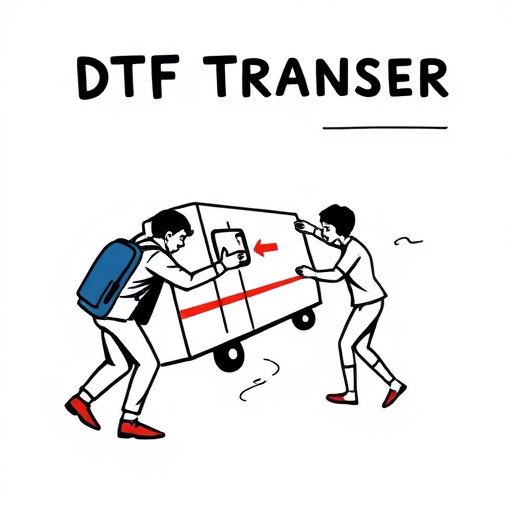
To achieve optimal results with DTF (Direct-to-Fabric) transfers, rigorous Quality Assurance (QA) processes are essential. This includes meticulous preparation of both the fabric and the design file. The polyester fabric should be cleaned, properly primed, and inspected for any defects or irregularities that could affect ink adherence. Using high-resolution, vectorized artwork ensures precise color reproduction and sharp details on the final print.
Considerations for QA also encompass setting the correct printing parameters, such as temperature, pressure, and drying time, to guarantee a strong bond between the design and fabric. Regular testing with swatches helps identify any issues early in the process, ensuring consistent quality across large-scale production runs. Additionally, monitoring ink viscosity and applying the appropriate amount of adhesive backing is crucial for accurate positioning during transfer, resulting in vibrant, long-lasting prints on various polyester fabric types.
Applications in the Garment and Textile Industry

In the garment and textile industry, DTF (Direct-to-Fabric) transfer technology has revolutionized printing processes, offering a versatile and efficient method for applying designs to polyester fabrics. This innovative approach allows for the creation of high-quality, long-lasting prints on various garments, from t-shirts and hoodies to accessories like bags and hats. DTF transfers provide an array of applications, catering to both mass production and custom, on-demand manufacturing.
With its ability to produce vibrant, detailed designs directly onto polyester, DTF transfer has become a game-changer for brands and designers seeking unique, durable apparel. The process involves applying a specially formulated transfer paper onto the fabric, which, when heated, fuses the ink into the polyester fibers, ensuring the print is both scratch-resistant and machine-washable. This technology empowers manufacturers to create custom, personalized garments while maintaining consistent quality and color accuracy.
Future Trends and Innovations in DTF Transfers

The future of Direct-to-Fabric (DTF) transfers looks promising with continuous innovations aimed at enhancing quality, speed, and sustainability. One notable trend is the development of eco-friendly inks and adhesives that reduce environmental impact while maintaining vibrant colors and durability. These advancements are crucial in a market where consumers and businesses alike seek more sustainable options.
Additionally, there’s a growing demand for higher resolution prints and more complex design possibilities. Technological breakthroughs in printing hardware and software are enabling intricate patterns and fine details, opening up new opportunities for creative expression in the apparel industry. This shift towards technological sophistication promises to revolutionize custom fabric printing, making it accessible to a wider range of users and applications.



